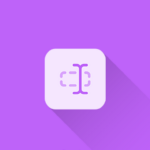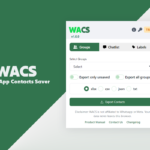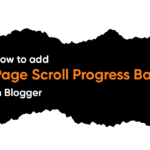In the digital age, user experience reigns supreme—every little detail counts, including the cursor on your website. Custom cursor CSS offers a simple yet effective way to elevate user interaction and engagement. In this article, we’ll delve into the world of custom cursors, exploring their benefits, implementation techniques, and creative possibilities.
Understanding Custom Cursor CSS
What are Custom Cursors?
Custom cursors allow web developers to replace the default mouse cursor with a personalized design, enhancing visual appeal and user experience.
Benefits of Custom Cursor CSS
Enhanced Aesthetics: Custom cursors add a touch of personality to your website, making it visually appealing and memorable.
Improved Navigation: Custom cursors can provide visual cues, guiding users through the interface and improving navigation.
Implementation Techniques
CSS Cursor Property
The CSS cursor property is the key to implementing custom cursors. It offers a variety of values to define the cursor’s appearance, including URLs to custom cursor images.
/* Example Usage: */
.[your-css-selector]{
cursor: url(path/to/cursor-image.png), auto;
}Using Custom Images
You can use your images as custom cursors by specifying their URLs in the CSS cursor property, as you can see above. This opens up endless possibilities for creativity, allowing you to align the cursor with your brand identity or website theme.
Creative Possibilities
Animated Cursors
Take custom cursors to the next level with animations. By leveraging CSS animations or JavaScript, you can create dynamic cursor effects that captivate users’ attention and add an element of delight to their browsing experience.
Best Practices
Interactive Cursors
Why settle for a static cursor when you can make it interactive? Implement hover effects or interactive elements that respond to user actions, transforming the cursor into a tool for engagement and interaction.
Keep It Functional
While custom cursors offer creative freedom, it’s essential to prioritize functionality. Ensure your custom cursor remains intuitive and doesn’t hinder user interaction or accessibility.
Test Across Devices
Test your custom cursors across various devices and browsers to ensure consistent performance and compatibility. Consider fallback options for devices that don’t support custom cursors.
Conclusion
Custom cursors CSS are a powerful tool for enhancing user experience and adding a personal touch to your website. You can read more about CSS property here.
By understanding their benefits, mastering implementation techniques, and exploring creative possibilities, you can create an immersive browsing experience that leaves a lasting impression on your audience.
Embrace the versatility of custom cursors and unlock new dimensions of user engagement today.










